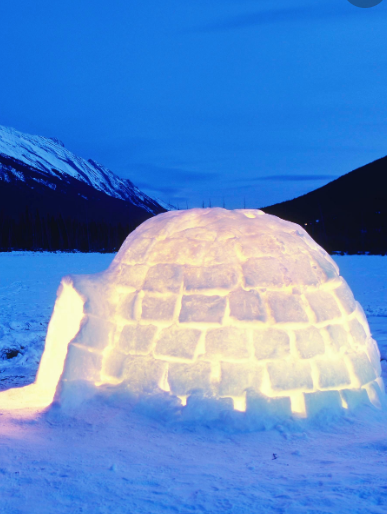
Before food or water comes shelter
People remember to hydrate but forget that the greatest danger can be exposure
You know how this goes, people have a fanny pack or small backpack, with water, food, a little first aid kit and they set out on a hike believing they are prepared. The old rule of thumb is you can survive two days without water and two weeks without food. But there is a flaw in all this logic, in a deteriorating weather situation you may have only two hours or less. Those stats on water and food are predicated on having effective shelter.
Shelter building clearly varies greatly depending on the environment. It can be as simple as a lean-to to provide shade or you may need something far more substantial in a cold or frigid environment.
There are commercial “bivvy sacks” available, perhaps even a large plastic contractor bag. But there are other factors involved as well, including whether the material is breathable. All this can literally make the difference between survival and, well, the alternative.
Learn to Survive
The only way to be truly safe in today’s dangerous world is to be properly trained for the environments and situations you find yourself in. We can help.
Corporate Executive Consulting
Modular Training for Specific Environments
Safety Preparedness Auditing
24/7 Executive Support
Organizational Team Building
Remote Medical Training